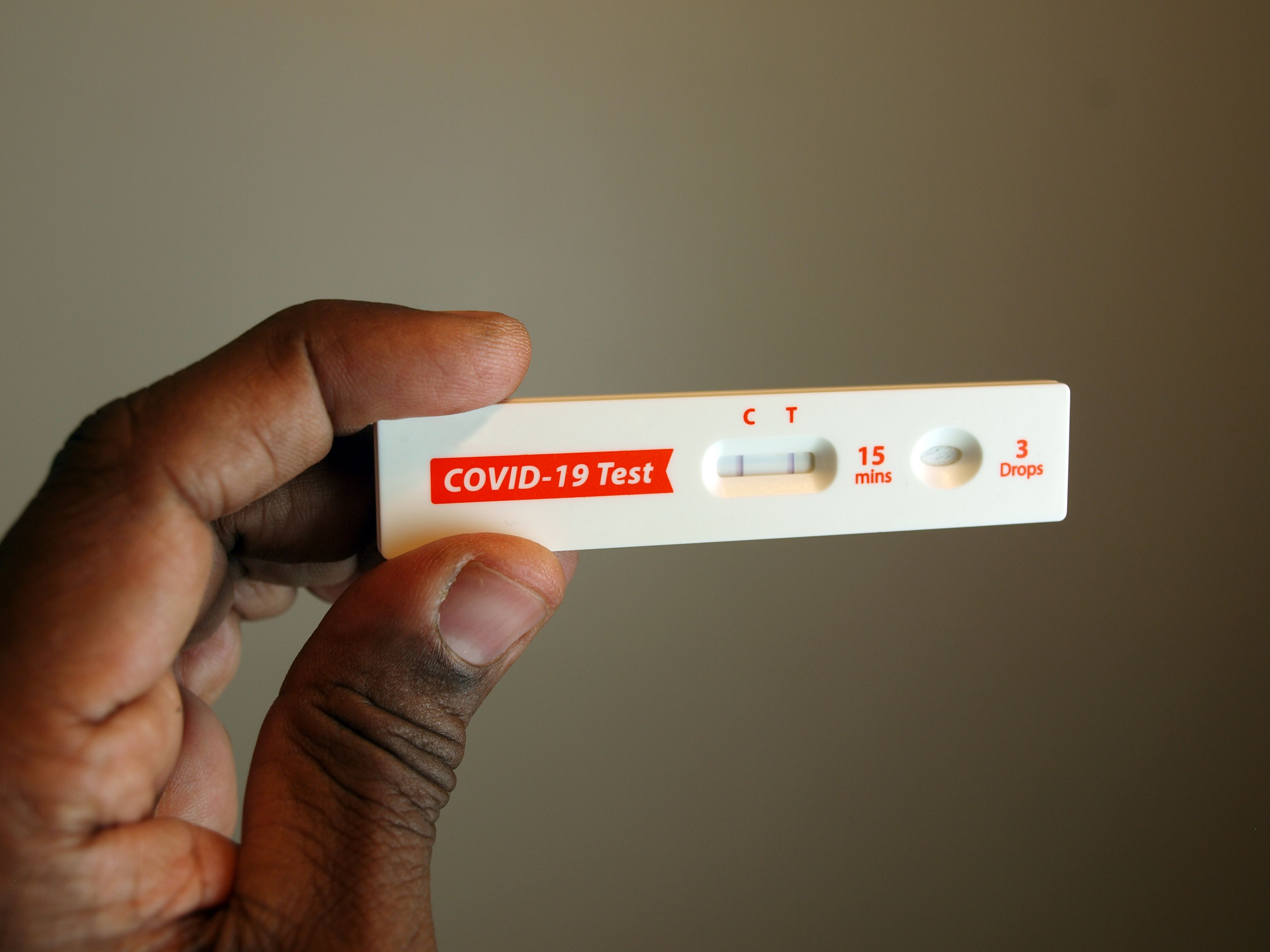Key Takeaways:
1. COVID-19 and VTE Risk: COVID-19 infection is associated with a risk of venous thromboembolisms (VTEs), such as pulmonary embolism (PE) and deep vein thrombosis (DVT). Individuals with immune-mediated inflammatory diseases (IMIDs) are at a higher risk of VTE, especially during disease flares.
2. Comorbidities Play a Role: Although IMIDs and COVID-19 are individually associated with VTEs, there was no additional risk of VTEs among those with IMIDs following COVID-19 diagnosis when adjusted for comorbidities. This suggests that comorbidities may enhance the link between IMIDs and VTE when COVID-19 is present.
3. Variation Among IMID Types: The study found variations in the risk of VTEs among different IMIDs. For example, those with systemic autoimmune rheumatic disease had the highest standardized incidence of VTEs, while those with ulcerative colitis had the lowest. Understanding these variations is essential for tailored management.
COVID-19 infection can lead to spread widespread inflammation and the hyperactivation of the immune system. Venous thromboembolisms (VTEs) are a potential complication that can arise following COVID-19 and are often associated with increased morbidity and mortality. Immune-mediated inflammatory disease (IMIDs), which are a heterogeneous group of chronic diseases resulting from abnormal activation of the immune system, put individuals at a higher risk of VTE, particularly during disease flares.
Using population-based health administrative data, a study published in JAMA Network Open evaluates the incidence and risk of VTE following COVID-19 infection in individuals with IMIDs compared to those without IMIDs. This population-based cohort study used health administrative data from Ontario, Canada, and included all health care interactions of Ontario residents, including hospitalizations, procedures that required single-day hospital admission, emergency department (ED) visits, and visits to the hospital for outpatient surgeries or procedures.
A total of 28,440 participants with at least 1 IMID who tested positive for COVID-19 were matched with up to 5 individuals without an IMID who tested positive for COVID-19. Matching was based on year of birth, sex, neighborhood income, and rural/urban residence. IMIDs included ankylosing spondylitis, inflammatory bowel disease (IBD), multiple sclerosis, polymyalgia rheumatic, psoriasis, rheumatoid arthritis, systemic autoimmune rheumatic disease, uveitis, and vasculitis. Further, VTEs, including pulmonary embolism (PE) and deep vein thrombosis (DVT) were identified from ED and hospitalization data.
Although IMIDs and COVID-19 are independently associated with VTEs, there was no additional risk of VTEs among those with IMIDs relative to matched individuals without IMIDs following COVID-19 diagnosis, according to the study authors; however, individuals with IMIDs had presented a higher risk of VTEs when adjustments for comorbidities were not made. The association between IMIDs and VTE following COVID-19 was modified greatly when controlling for comorbidities in the regression analysis, which suggests that the comorbidities further emphasize a link between IMIDs and VTE when COVID-19 is present, according to the study.
The authors note that prior research indicates those with IBD had higher odds of a VTE following COVID-19. Similarly, another study found an elevated risk in patients with IBD and COVID-19 (aHR, 2.43 [95% CI, 1.02-5.80] overall; aHR, 3.46 [95% CI, 1.31-9.13] within 30 days of COVID-19 diagnosis; aHR, 1.05 [95% CI, 0.13-8.46] >30 days from COVID-19 diagnosis); however, the current study did not specifically compare individuals with and without IBD and did not control for vaccination status. Further, another study found the risk of thrombosis was similar among those with autoimmune conditions and propensity-matched controls who were hospitalized for COVID-19, and the current study had similar findings when restricting the analysis only to individuals who have rheumatologic conditions.
Within 6 months of COVID-19 diagnosis, the standardized incidence rate of VTE was 2.64 (95% CI, 2.23-3.10) per 100,000 person-days (PDs) among people with IMIDs compared with 2.18 (95% CI, 1.99-2.38) among those without IMIDs. Further, within 12 months of COVID-19 diagnosis, the standardized incidence rates were 1.82 (95% CI, 1.56-2.11) per 100,000 PDs among those with an IMID, and 1.37 (95% CI, 1.25-1.49) among those without an IMIDs. In addition, the highest standardized incidence of VTEs occurred among those with systemic autoimmune rheumatic disease (6.73 per 100 000 PDs; 95% CI, 3.13-12.62), and the lowest was ulcerative colitis (0.79 per 100 000 PDs; 95% CI, 0.21-2.04).
In an unadjusted analysis, those with IMIDs were significantly more likely to have a VTE compared with matched controls (hazard ratio [HR], 1.46; 95% CI, 1.24-1.71), and the association persisted when adjusted for previous VTE and COVID-19 vaccination (HR, 1.40; 95% CI, 1.20-1.64). Further, there was no significant association when additionally adjusted for comorbidities (adjusted HR [aHR], 1.12; 95% CI, 0.95-1.32).
Limitations of the study include potential misclassification bias, lack of repeated SARS-CoV-2 infections, and approximately 67% of the study population had not received 2 or more doses of a COVID-19 vaccine at the time of their infection. Further, the authors note that it is possible asymptomatic or mild cases of COVID-19 were undetected, particularly during instances in which testing and contact tracing exceeded demand.
In addition, the study authors note that the incidence of PE was higher than DVT, which may be a result of differences in accuracy of the algorithms used to identify subgroups of VTE. The authors emphasize that the presence of an IMID alone should not dictate the use of VTE prophylaxis in patients who are hospitalized with COVID-19.
Reference
Khan R, Kuenzig ME, Tang F, et al. Venous Thromboembolism After COVID-19 Infection Among People With and Without Immune-Mediated Inflammatory Diseases. JAMA Netw Open. 2023;6(10):e2337020. doi:10.1001/jamanetworkopen.2023.37020







